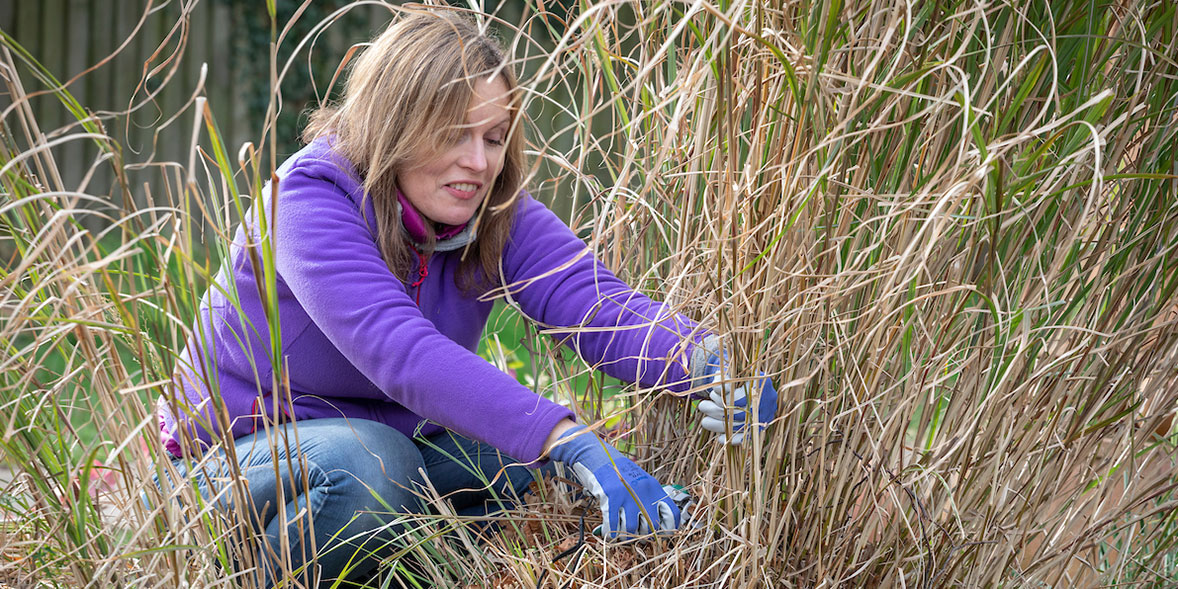
How to get rid of woodlice

Are woodlice pests?
Woodlice feed mainly on decaying plant material, but they can also damage seedlings, bedding plants, peas, beans and carrots, for example, and soft tissues, such as cucumber plants, strawberry fruits and tomatoes. They usually prefer to enlarge wounds already inflicted by slugs, wireworms or other pests, in potatoes and bulbs, for example. Their mouthparts aren’t strong enough to deal with undamaged bulbs and tubers.

How do I know if woodlice are actually causing the damage?
Woodlice tend to nibble stems, aerial roots and growing points. If you have controlled slugs, snails and wireworms and only soft or young tissue has been attacked, these pests may be to blame.
If firm, older material has been damaged, look for pests like cutworms, wireworms, chafer grubs, leatherjackets and caterpillars. Slime trails are tell-tale signs of slugs or snails.
Should I be worried about damage from woodlice?
Woodlice don't do much damage to gardens as a whole. In fact, they do a lot of good, helping to break down dead plants and increasing soil fertility. However, there may be instances, when raising seedlings for example, when damage can be quite extensive and control measures are worthwhile. Woodlice are more likely to be damaging in greenhouses.
Make more of your garden - get our free Gardening newsletter for top tips from our experts
How can I discourage woodlice?
Good garden hygiene – the removal of plant debris, pots, seed trays and regular sweeping of areas housing pots – will discourage both these creatures. Keep composting areas away from growing areas. Repointing walls and paving and mending damaged wooden structures will help prevent them hiding in these. By clearing up debris around the garden you’ll also help to control slugs, snails and other pests.
Indoors, the warm, parched atmosphere of the home will be too dry for them to survive, and draught-excluder strips around doors and windows should prevent their entry.
Are there any natural enemies of woodlice?
Natural populations of woodlice are kept in balance by predators such as toads and ground beetles. They are also eaten by shrews, centipedes and some spiders. Most woodlice die soon after birth, probably due to the activity of these predators.

